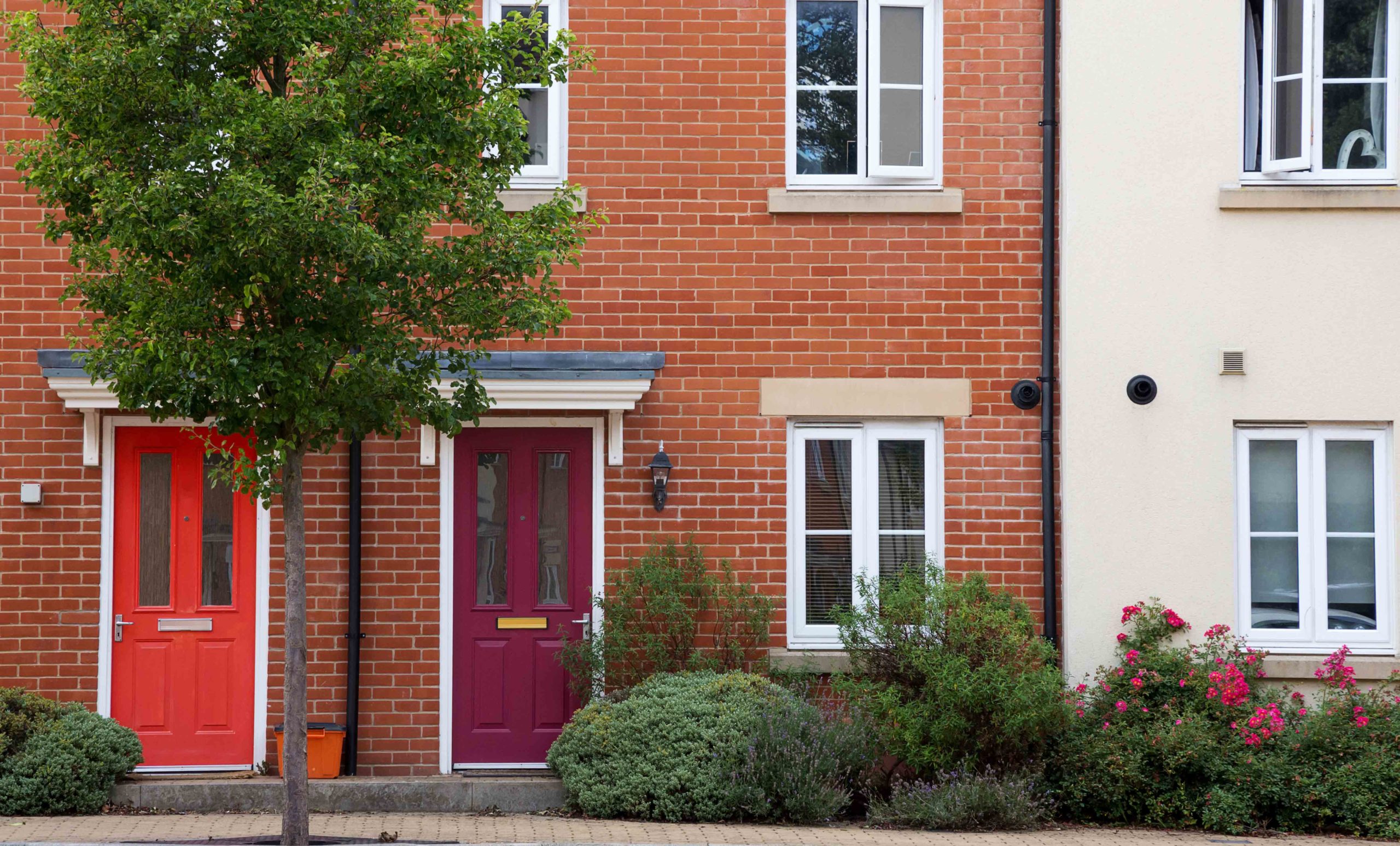In a very interesting recent article in Inside Housing, Brian Cronin, the chief executive of Your Housing Group, writes about the failings of the current housing market and the direction that Boris Johnson’s government should take to remedy the situation. The article highlights that the big volume builders dominating the UK housing market have failed to deliver enough affordable stock, and they have also failed to deliver it where it is most needed.
Cronin suggests that anew approach is needed, with the first challenge being to establish where exactly more new homes are required that meet the needs of the majority of people on modest earnings. As a result, Your Housing Group has created a new index of ‘liveability’ – combining the availability of affordable housing with multiple factors that capture the quality of life and opportunity available for average earners.
For example, Harborough offers good housing affordability, excellent opportunity and good desirability for people living there. Although the average house price of £315,400 in Harborough is slightly above the national average, the average monthly rent is well below at £747. Conversely, Hackney is the least liveable local authority in England, where a house will cost an average £619,000 while the average monthly rent is £1,856, both more than double the national average.
Writing in a report about its ‘liveability’ index, the group suggests that this divide across the country is a result of the private sector’s failure to build enough affordable homes in the right places. To address this, Cronin thinks that national house-building targets should be supported by regional targets, which include the proportion of affordable housing needed.
A bigger role for housing associations?
According to Cronin, the fundamental issue, however, is the inability of private sector housing developers to meet this challenge and therefore urgent action from government is needed. This means intervention to encourage a wider scope of alternative developers, whose motives are different to the builders which currently dominate housing provision.
Finally, Cronin notes that housing associations have a proven track record for delivering homes at tenures and price points to suit people on more modest and average incomes. He thinks that giving housing associations an increased role in Britain’s housing market could set the foundations for making every area in the UK ‘liveable’ for those on modest incomes.
This article underlines the fact that the council housing issue is a very complex one, involving the need to build the right sorts of properties in the right areas rather than being a simple question of the overall size of the housing stock. We have also held the view for many years that housing associations can play a significant role in helping some of the most vulnerable members in society and we hope that these associations are allowed to contribute further towards easing the current council housing “national emergency” as described by Shelter.
